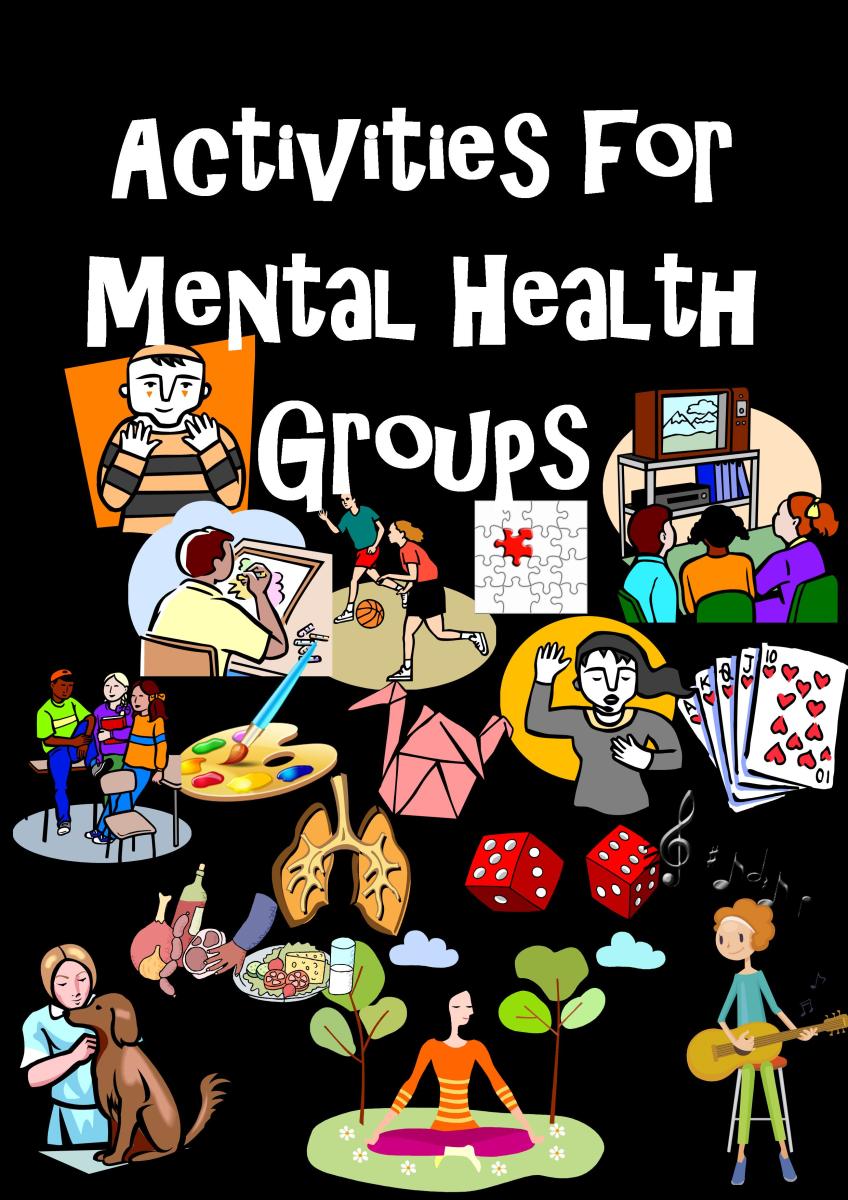The Purpose of Positive Image Therapy

Purpose of Imagery
Many people start their day with negative thoughts or fears, which can be turned around into positive thoughts and hope. Positive images can be placed in your memory to make you have positive thoughts, if practiced 3 times daily. Say for instance, you have the urge to drink a beer but you want to stop drinking beer. You can do this by placing positive images in your mind that will make you not want a beer. If a person has urges throughout their day to drink beers, it could lead to alcoholism. And drinking alcohol sometimes causes people to have mood swings, bad relationships, aggressive behavior, car crash, divorce, loss of employment, etc. The person that wants to stop drinking beers or any alcohol for that matter would have to think of what negative things that can happen if they continue to drink alcohol. And the alcohol drinker will definitely need to replace the urges to drink with positive images of; having good behavior, happy marriage, being sober and focused, good relationships, starting a new hobby or activity, enjoying outdoor nature, reading a good book, etc.
Positive imagery can include; sight, sound, touch, smell, and taste, which are the five senses. Article writers can use imagery to write detailed articles. This image therapy can help you see positive things about yourself, and making your physical body to practice on getting you there.



Guided Imagery
When using guided imagery you have to think "realistically" the images have to be thoughts that can possibly happen for you. Some people have to practice making their thought images connect with their physical body. Let's say you are imagining a lemon that you've just cut in half, you begin to squeeze the lemon into your mouth and you can taste the lemon juice. At this moment you mouth will become watery, due to the seeing, touching, and tasting the lemon as a guided imagery activity.
Guided imagery can be used for:
- Writer's block
- Losing weight
- Physical exercise
- Achieving goals
- Stopping bad habits
- Forming positive habits
- Eating healthy foods
- Gaining positive relationships
- Getting rid of body pains
- Stopping fearful thoughts
- Relaxation
- etc.
The reasons people need guided imagery or cognitive therapy is because some people will slip into depression by; drinking alcohol, constant negative thoughts, or obsessive behavior. Cognitive therapy and guided imagery can help a person "change their mind" literally; to maintain a habit of realistic joy. Some people that are going through some type of therapy for behavior or negative thoughts, their doctors will prescribed temporary medication to help them cope through "changing their minds" for the better.
Positive images can assist a person to "relax" by: sight, touch, smell, sound, and sometimes taste of positive imagery. There are many people that need to do positive imagery 3 times a day to get relaxation. For instance, people that work hard and barely get time to relax will definitely need to do positive imagery of relaxation, to prevent work related stress. For example, the person that is imagining relaxation can use the beach scene; see the beach, touch the beach, smell the beach, hear the sounds of the beach. This will help with relaxation if it is imagined 3 times a day, and every day.
Many people that are using positive image therapy are using relaxing images and goal related images before going to bed at night. This way positive images are in your subconscious mind while you are asleep.
Definitions
- Guided Imagery Therapy - is a cognitive-behavioral technique in which a client is guided in imagining a relaxing scene or series of experiences.
- Cognitive Therapy - A form of therapy for depression in which the goal is to diminish symptoms by correcting thinking based on negative self-perceptions and expectations. This includes assisting patients to develop skills for modifying beliefs, identifying distorted thinking, relating to other in different ways, and changing behaviors.
- Subconscious Memory - is where subliminal images, audio, or behavior can be stored, but you can change your mind to store positive images, audio, and behavior. Your subconscious memory can help you; learn positive imagery, overcome fears, build self-confidence, increase health, etc.
Positive Imagery Poll
Do You Use Positive Images During the Day or Before Going to Sleep?
© 2012 Ann810








